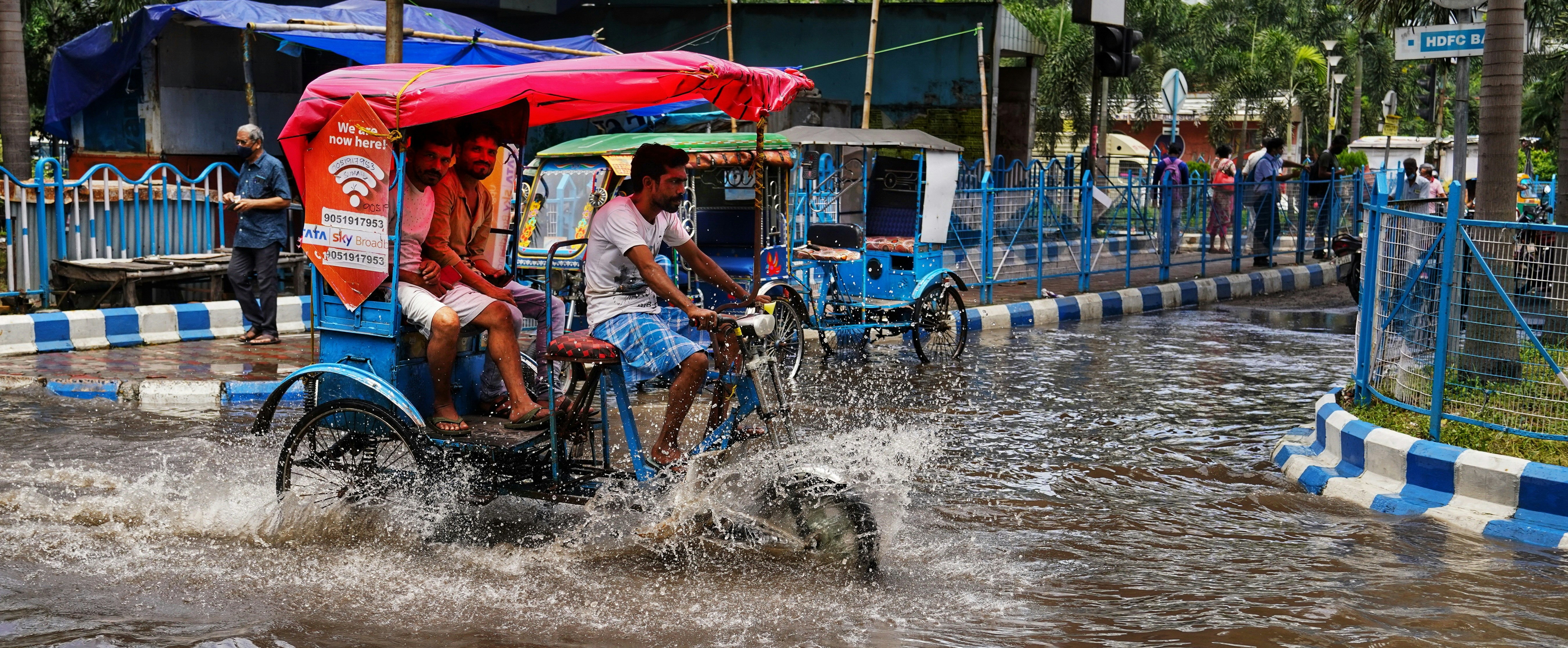Climate Change Adaptation: a solution to enhance the long-term sustainability of SUMPs and NUMPs

Our two-month Global Monitor research identified a gap in Climate Adaptation Measures within SUMPs and NUMPs. Our goal is to integrate climate resilience into our methodological offer! Six collaborative sessions laid the groundwork for 10 vital guiding principles in urban mobility across the Global South. Find out more in this article and watch the recording of the Introduction to Climate Change Adaptation and Urban Mobility Planning workshop.
The number of people expected to live in urban areas highly exposed to the impacts of climate change has increased. Rising sea levels intensified storm surges from tropical cyclones, and more frequent and intense extreme precipitation events are expected to increase the likelihood of flooding in low‑lying cities and settlements, putting more than a billion people at risk by 2050. Additionally, the combination of global warming and population growth in warm urban centres is the main driver of increased heat exposure, increasing the number of people exposed to heat waves. Severe droughts are expected to threaten 350 million at 1.5°C of warming and 410.7 million people at 2°C of warming due to water scarcity in urban areas (Li & Bergen, 2018).
In the regions where MobiliseYourCity operates, cities and countries face increased vulnerability to the impacts of climate change, requiring additional measures to effectively adapt. For instance, Santo Domingo in the Dominican Republic is particularly vulnerable to hurricanes, and climate change is expected to amplify the intensity of extreme rainfall events by 20%. Meanwhile, in Medan, Indonesia, the city has experienced an increased rainfall risk and drier warm seasons, leading to more frequent and intense floods and landslides over the past two decades. Finally, Dire Dawa in Ethiopia experiences two heavy rainfall seasons, peaking in April and August, leading to significant flooding and an intense dry season that causes drought.
Further action is urgently needed to improve adaptation strategies in these vulnerable locations. As mentioned before, MobiliseYourCity has supported the development of 19 SUMPs that have been finalised in cities across Africa, Asia, the Americas, and Europe. Additionally, the partnership has supported the formulation of 6 NUMPs in Cameroon, Chile, Colombia, Ecuador, the Philippines, and Tunisia. A comprehensive analysis of the completed MobiliseYourCity SUMPs and NUMPs was conducted to assess how much they included the climate change adaptation component in their diagnosis, formulation, and proposed actions. The main finding highlights the opportunity to include climate change adaptation in MobiliseYourCity SUMPs and NUMPs. For example, out of the 19 completed SUMPs, only four include a section on diagnosing the city’s climate vulnerability and risks, and only one SUMP includes climate change adaptation in its proposed actions. Regarding the NUMPs, only one of the six formulated includes actions related to climate change adaptation.
Areas identified for potential inclusion of climate change adaptation include public transport, non‑motorised transport, road infrastructure, and logistics. Recognising the urgency of this issue and its significant potential, MobiliseYourCity is actively working to promote the implementation of climate change adaptation in the SUMP and NUMP processes. We aim to ensure that proposed actions and infrastructure are resilient in the face of the challenges posed by climate change.